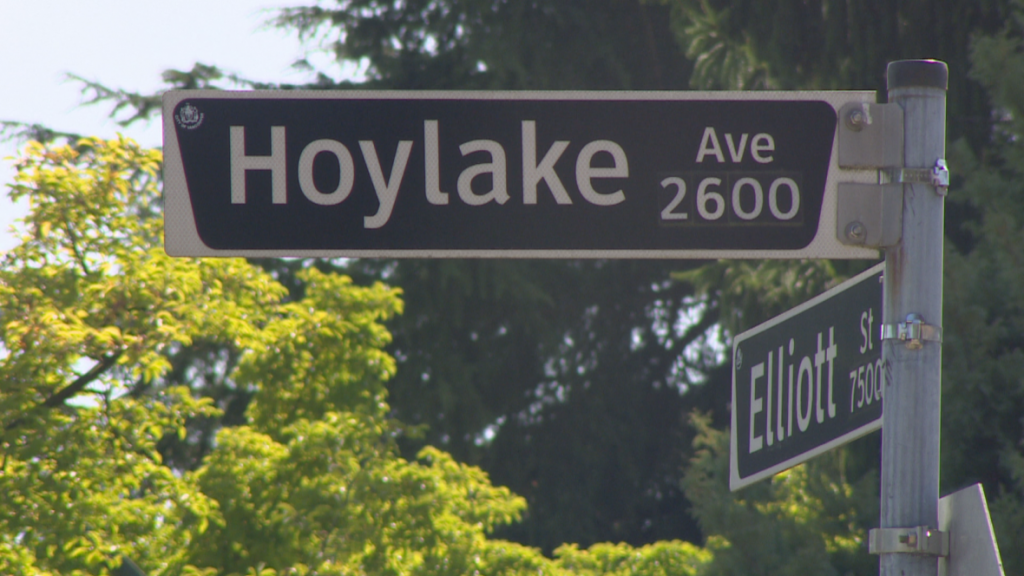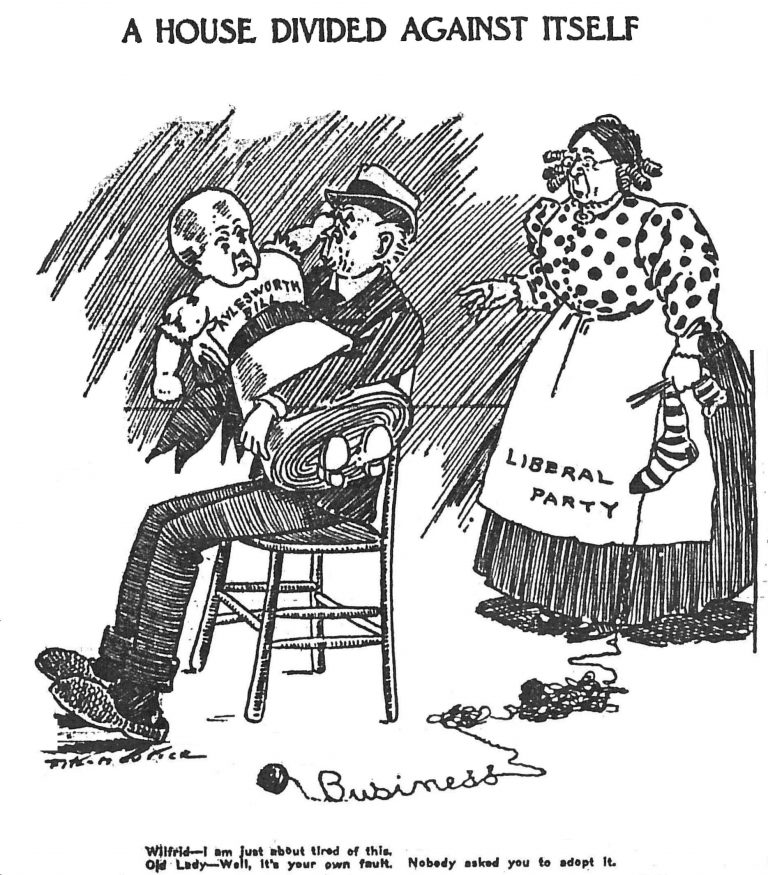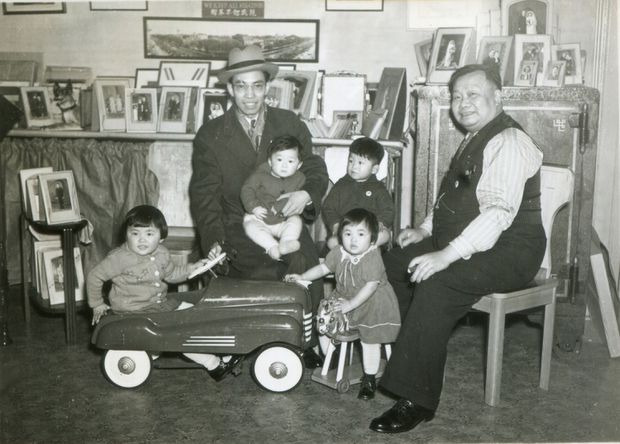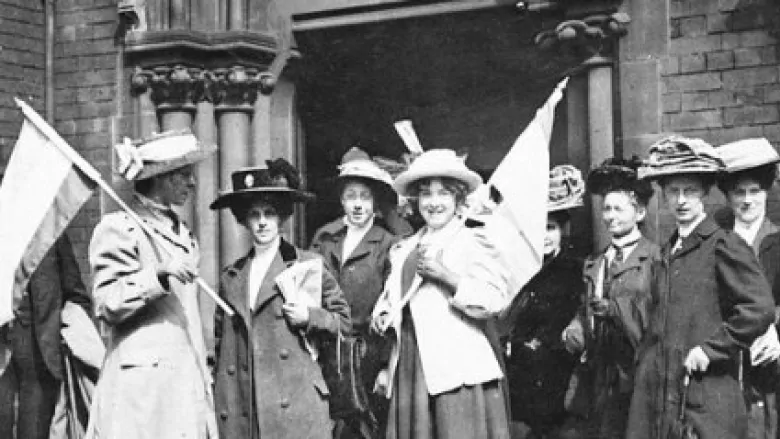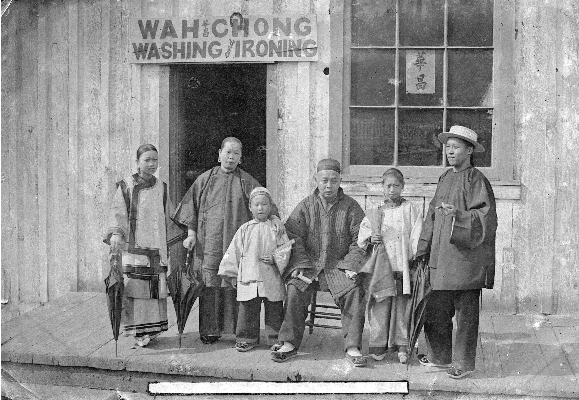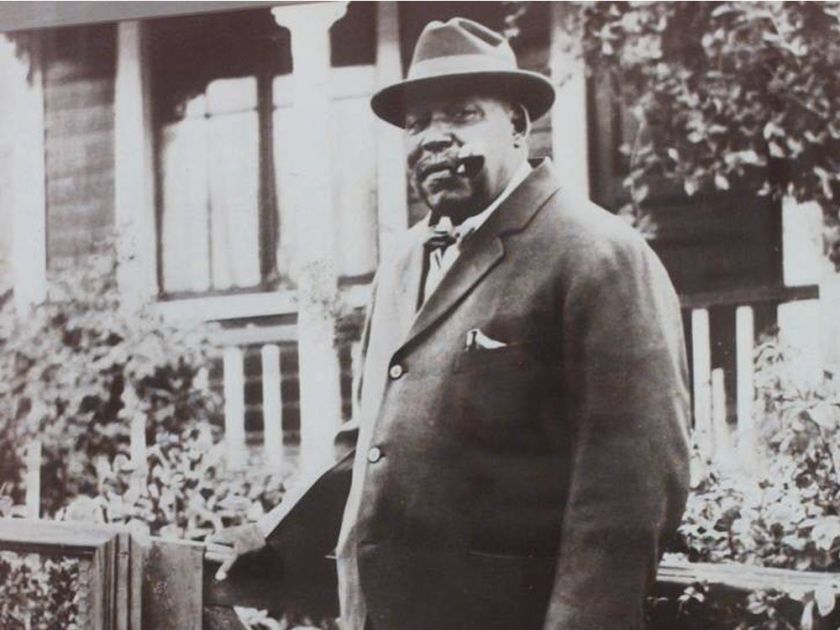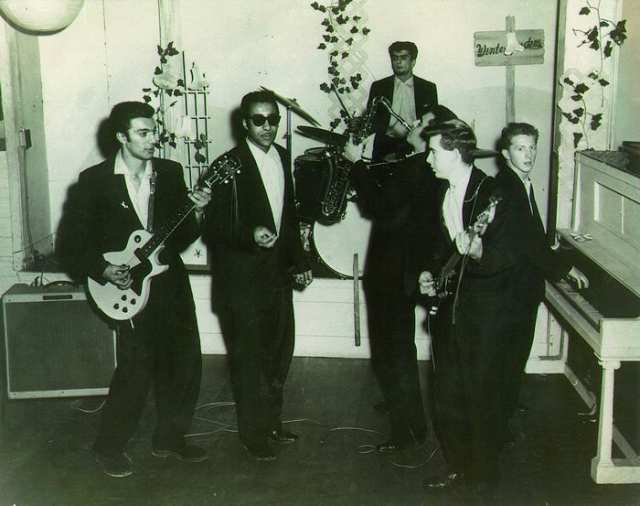Summaries of Talks and Field Trips - 2020
Glimpses of the Past through description, related books and internet connections
Naming Vancouver's Places
One of the simplest and yet hardest things to do is name something. Naming a street, sewage pumping station, community centre, or school involves thought, consideration, a review of history and an acknowledgment of the place our city occupies. The most visible aspect of naming in the city are our streets, the majority of which were determined by early landowners honouring themselves, relatives and company shareholders. There are streets for battles and campaigns waged far away and the commemoration of politicians and hometowns. Missing is the diverse culture of the city’s past and present. For the modern city and the evolving understanding of place and occupation, a more nuanced approach to naming was needed and in 2012 the Civic Assets Naming Committee was created. Diversity, equity and place now play a larger role in providing the foundation of names for assets such as streets and, yes, sewage pumping stations.
Cartoonist J.B. Fitzmaurice and the Great War
James Brian “Fitz” Fitzmaurice was the cartoonist-in-residence at the Vancouver Sun in the first two decades of the twentieth century. During the final two years of the war, Fitz produced over 500 cartoons that offered up conventional propaganda images of Germany, Britain, and the United States, as well as far less conventional cartoons that chronicled life on the Vancouver home front. His wartime cartoons were well received and fondly remembered; his reputation was enhanced by his contributions to morale on the homefront and the gentle humour his images provided during a period of great stress and personal loss. Today, his images provide a window into a wide range of political, social, and cultural aspects of life during the war.
Chinatown Through a Wide Lens: The Hidden Photographs of Yucho Chow
Yucho Chow was Vancouver’s first and most prolific Chinese photographer. He ran a small studio in the heart of Chinatown from 1907–1949. Chow chronicled the lives of ordinary people through a tumultuous period in our city’s history: through WWI, the Spanish Flu, the Chinese Exclusion Act, the Great Depression and WWII. Although Chow was Chinese, his lens captured the faces of other early marginalized communities (South Asians, Black Canadians, Indigenous residents, mixed-race families and Eastern European immigrants). In fact, for some communities, he was the only photographer willing to take their portraits. Sadly, all his negatives were discarded when the studio closed.
Curator Catherine Clement spent over eight years searching for Chow’s hidden photographs and finding them: one photo at a time, one family at a time. In this talk, she showcased some of the remarkable private photos she uncovered along with the stories that were attached to these images. And she explored what these aging photographs tell us about our diverse, yet collective past.
The Women’s Suffrage Movement in Vancouver
Municipal and provincial voting rights in British Columbia were restricted by property, race, gender, and marital status, and debates about who could vote emerged in the 1870s and continued until the late 1940s. While the women’s suffrage movement existed in towns and cities across the province, Lara Campbell explored the vibrant Vancouver suffrage movement that emerged after the turn of the century. Vancouver suffragists worked across class lines in many organizations but also developed Canada’s only working-class suffrage organization that was led by working women and that promoted the priorities of working women in the city.
"A Seat at the Table:" History as a Forward-Looking Process
For much of Canada’s history, the Chinese have been a target along with other non-white migrants and Indigenous peoples of racism and discrimination. From disenfranchisement in 1872, the Head Tax in 1885, immigration exclusion in 1923, and through segregation in housing and jobs and social life into the 1960s, Chinese Canadians struggled against barriers and fought for better treatment both for themselves and for others. The worldwide phenomenon of legalized racism also created an organized response from the victims it targeted, a long-term struggle challenging discrimination in its myriad forms that transformed into an equally global process of the dismantling of legalized white supremacy in the mid-20th century. Formal apologies such as the one made by the City of Vancouver on April 22, 2018 are not backward-facing historical exercises, but Janus-faced processes that look both forward and back in creating a collective past that help create the possibilities of a shared future.
Prof. Henry Yu is a member of the History Department of UBC and Principal of St. John’s College, UBC. He is the author of Journeys of Hope: Challenging Discrimination and Building on Vancouver Chinatown’s Legacies, a book written to commemorate the April 22, 2018 apology for historical anti-Chinese discrimination made in Vancouver Chinatown by Mayor and Council.
Black History Month
The experience of Black people in Vancouver hasn’t received a lot of attention, although that might be changing. What is it about anti-Black sentiment in Canada? Where does it come from? Valerie Jerome – athlete, educator, mentor, political activist, and active community member – recalled her family’s record of triumphs and frustrations in the context of systemic racism at our February lecture. She also looked at how the conversation about being Black in Canada and Vancouver is changing, exactly the topic we needed during Black History Month.
Valerie Jerome first came to public attention at the Pan-American Games in 1959 and the Rome Olympics the following year. Her late brother Harry Jerome held the title of ‘fastest man alive’ in the 1960s. Since then she’s had a distinguished career in education and Green Party politics.
Vancouver After Dark
Bestselling author, musician, and historian Aaron Chapman read some excerpts from his new bestselling book in which he looks back at the most famous music entertainment venues in Vancouver, a city that’s transforming so fast it has somehow lost some of its favourite nightspots along the way. These are the places locals are still talking about years after they closed, burned down, or were bulldozed in the face of new trends, rising rents, gentrification, and other vagaries.
The raucous book tours Vancouver’s legendary hot spots, from the Cave to Isy’s, Oil Can Harry’s to the Marco Polo, the Luv-A-Fair, the Town Pump, the Smilin’ Buddha, and Gary Taylor’s Rock Room, from the city’s earliest saloons to the Chinatown cabarets, punk palaces, East End dives, goth hideaways, discotheques, and taverns. Archival posters and photos, many published for the first time, chronicle how the city’s nightlife changed with times, and how some of these nightspots ushered in changes to Vancouver. Are the great days of Vancouver’s nightlife behind us? Or does it endure in new side streets and new spaces and new forms that have resisted the changes in other parts of the city? Now’s the time to look back at the nightspots that shaped Vancouver, and how its residents shaped those venues.
In addition to reading excerpts from his book, Chapman presented some full-colour photographs and posters to show how Vancouver was never “No Fun” City – at least once the sun went down.


